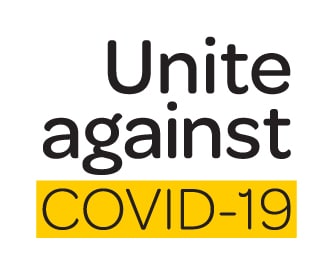It’s not that long ago when we were confronted with the conundrum of how to manage COVID-19 vaccinations at work. At the time we did our best to deal with challenging scenarios, differing views, the impact on working relationships and team culture.
We had difficult conversations with people who had to change their roles and others who lost jobs. Now we’ve come full circle. As the COVID-19 landscape changes, employment vaccination policies are once again under scrutiny.
While each situation will need to be managed carefully to reflect the unique individual, role and circumstances, here are some general pointers to consider.
- Avoid creating a perception that management are dealing with this behind closed doors. This could create a climate of mistrust and further exacerbate matters.
- Don’t make hasty decisions. There may be unintended consequences that damage your reputation and create animosity.
Here’s what you can do:
- Consult and communicate with your team about potential changes. Genuinely consider and respond to feedback. Some may have concerns about their own health or how clients may feel about changes. Others may believe that relationships were irreparably damaged and that resurrecting the subject will be destructive.
- Undertake another risk assessment. WorkSafe guidance indicates that a mandatory vaccination policy could be justified ‘where the nature of the work itself raises the risk of COVID-19 infection and transmission above the risk faced outside work’. Engage an expert who can support you through this process.
- Ensure you have a reasonable COVID19 policy in place, covering health and safety protocols e.g. hygiene measures, testing, sickness absence management. You could still encourage vaccination as one potential safeguard.
- If you change your organisation’s vaccination stance, establish how you want to manage vacancies for those who lost their jobs and could, in theory, come back on board. Do you want people to find out directly from you, or through the grapevine? Both approaches have pros and cons.
- Put in place a fair transparent selection process with clear criteria e.g. tenure, if you have more interest than roles available. You may need to make unpopular decisions so open communication with the team will be key, even if their desired outcome is not the result.
- Be certain about the uncertainty. None of us know what twists and turns the pandemic may take and it would be prudent to talk about potential future vaccination policies should the situation change.
In short, take your time to reflect on the situation, different viewpoints, potential implications and consider the needs of all your key stakeholders. Use the opportunity to re-establish trust and build a positive, consultative culture. Together, you will find the right approach.













